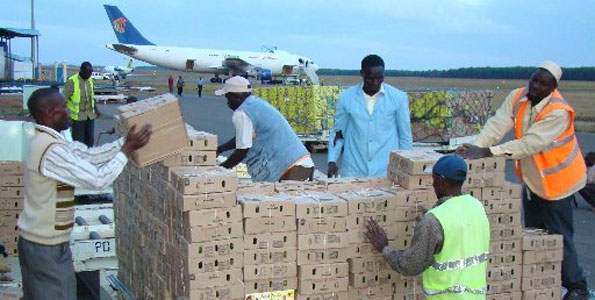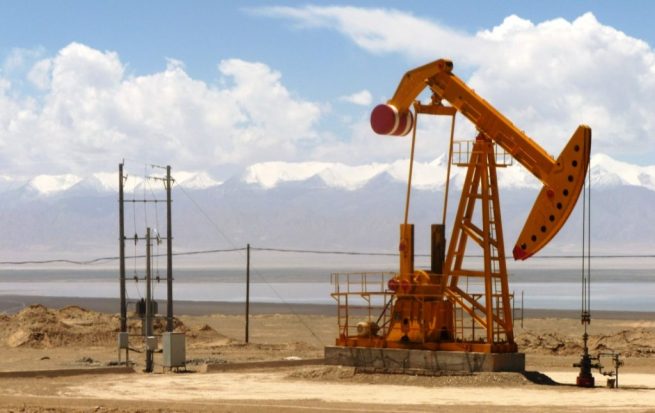Invictus starts oil, gas data recording
INVICTUS Energy, the Australian firm exploring for oil and gas in Muzarabani, says seismic study data recording is scheduled to commence in the first week of September, with the shooting of an initial test line to determine the optimum data acquisition Seismic study in oil and gas exploration refers to the process of technology to listen to
underground sound vibrations in order to determine the existence of hydro-carbons.
Ongoing investigations of potential existence of oil or gas in Zimbabwe’s Cahora Bassa region (Muzarabani area), represent the first such excursion for hydrocarbons in over 30 years.
Invictus, using more modern data processing techniques, reprocessed the data gathered by French oil giant Mobil in the early 1990s, and has found strong evidence that the underlying geological structures may host domes and traps that could contain oil and gas in Muzarabani.
“The company is pleased to be commencing the seismic data acquisition in the coming days and the preparation for this campaign has gone well and all the equipment and personnel heading to the field,” said Invictus managing director Scott MacMillan.
Invictus awarded Canadian firm Polaris Natural Resources the contract to undertake seismic survey, a way of mapping geology through sub-surface vibrations.
Mr MacMillan was pleased with the performance of Polaris and the local field crew who have completed 400km line clearing ahead of the data acquisition which will ensure that the campaign is completed seamlessly.
The company also revealed that the seismic data processing contract has been awarded to Earth Signal Processing Ltd who are based in Canada following a competitive tender process.
“Earth Signal are onshore seismic and high resolution 2D data processing specialists and have worked extensively with our seismic contractor Polaris and onshore Africa.”
The preparations for the seismic data acquisition have progressed well with 400 kilometres of line clearance completed ahead of the commencement of data acquisition.
This comes after the company imported more than 20 truckloads of advanced equipment for the seismic study, to select exact points with high potential of hosting deposits, for oil and gas test well drilling.
The company also indicated that it had already completed the tendering process for long lead drilling items (wellheads and casing), which is awaiting formal award and was now discussing with rig providers.
“The maintenance and checks have been completed on the vibroseis units and mobilisation to the field camp in Muzarabani is commencing,” Invictus said in an update.
The Australia Stock Exchange listed firm said seismic will utilise latest generation STRYDE wireless nodes which are less than 25 percent of the weight of comparable systems.
This makes the laying out and retrieving of the wireless nodes significantly easier and cheaper and thus the survey can utilise a swath shot methodology.
“This shooting methodology will in essence allow the company to double the seismic data coverage by providing an effective line spacing of 800-900m and provide a high resolution subsurface dataset at minimal incremental cost,” the company added.
As part of the building blocks for Vision 2030, by which Zimbabwe should have attained upper middle income economy status, the Government is working on growing mineral exports from US$3,7 billion to US$12 billion a year by 2023.
The successful delivery of the equipment to be used in the company’s seismic survey, followed the approval by President Mnangagwa of the firm’s Petroleum Exploration Development and Production Agreement (PEDPA).
The PEDPA provides the framework for progression of the Muzarabani project through the exploration, appraisal, development and production phases and obligations and rights of each party over the project lifecycle.
President Mnangagwa said the PEDPA agreement would provide a pathway for Zimbabwe
to exploit its hydro carbons while commercial discovery of oil and gas could bring
significant downstream economic benefits.
The Cabora Bassa Project encompasses the Mzarabani Prospect, a multi-trillion cubic
feet and liquids rich conventional gas condensate target, which is potentially the largest,
undrilled seismically defined structure onshore Africa.-heraldcl.zw









